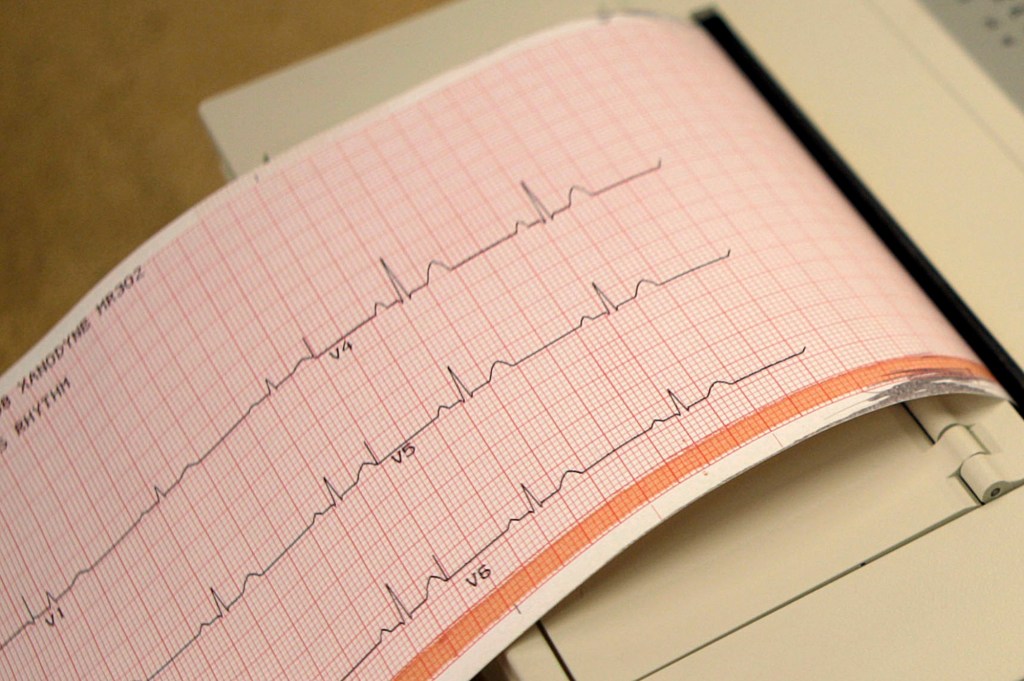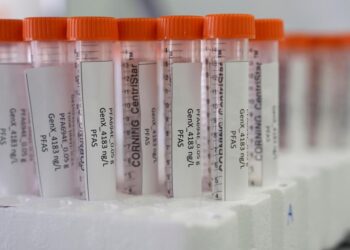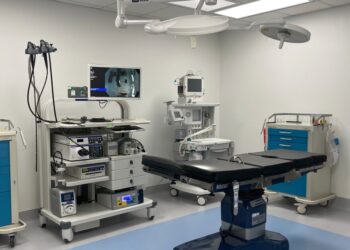For people who have a serious structural problem in their heart but no symptoms, there has not been a practical way to detect the disorder.
A researcher at the Yale School of Medicine, however, has developed a way to find the seemingly invisible problem using artificial intelligence.
Dr. Rohan Khera, clinical director of the medical school’s Center for Health Informatics and Analytics, said a simple electrocardiogram can be analyzed using AI, which can detect what a basic reading of an ECG cannot.
Khera’s paper about his research appeared in the July 25 issue of the journal Circulation. The work is centered in the Cardiovascular Data Science Lab, where Khera is the principal investigator.
“Many people, up to one in 20, have structural heart disorder, so their heart function is down, but they don’t know that until they develop symptoms and go to the hospital … or (suffer) adverse effects of a certain sort that trigger health care needs,” Khera said.
The disorder is known as left ventricular systolic dysfunction, which reduces the ability of the heart to pump blood. It develops before symptoms appear and medical attention is required, Khera said. The problem can lead to more than an eightfold increase in heart failure and double the risk of premature death, according to Khera’s study.
There are “very inexpensive treatments” for the dysfunction, he said.
“However, we just don’t have a way to know who had this. The way to diagnose it is actually getting cardiac imaging, which is an ultrasound of the heart, or an MRI,” he said. “But those tests are not something you can do with everyone in the community, so this is not feasible.”
Using AI and deep learning, “which are very exciting domains in medicine, we developed a technology that actually uses ECG data,” Khera said.
ECGs, which register electrical activity in the heart, are routinely done during physical exams. They can now be taken on a wearable device such as an Apple…
Read the full article here







